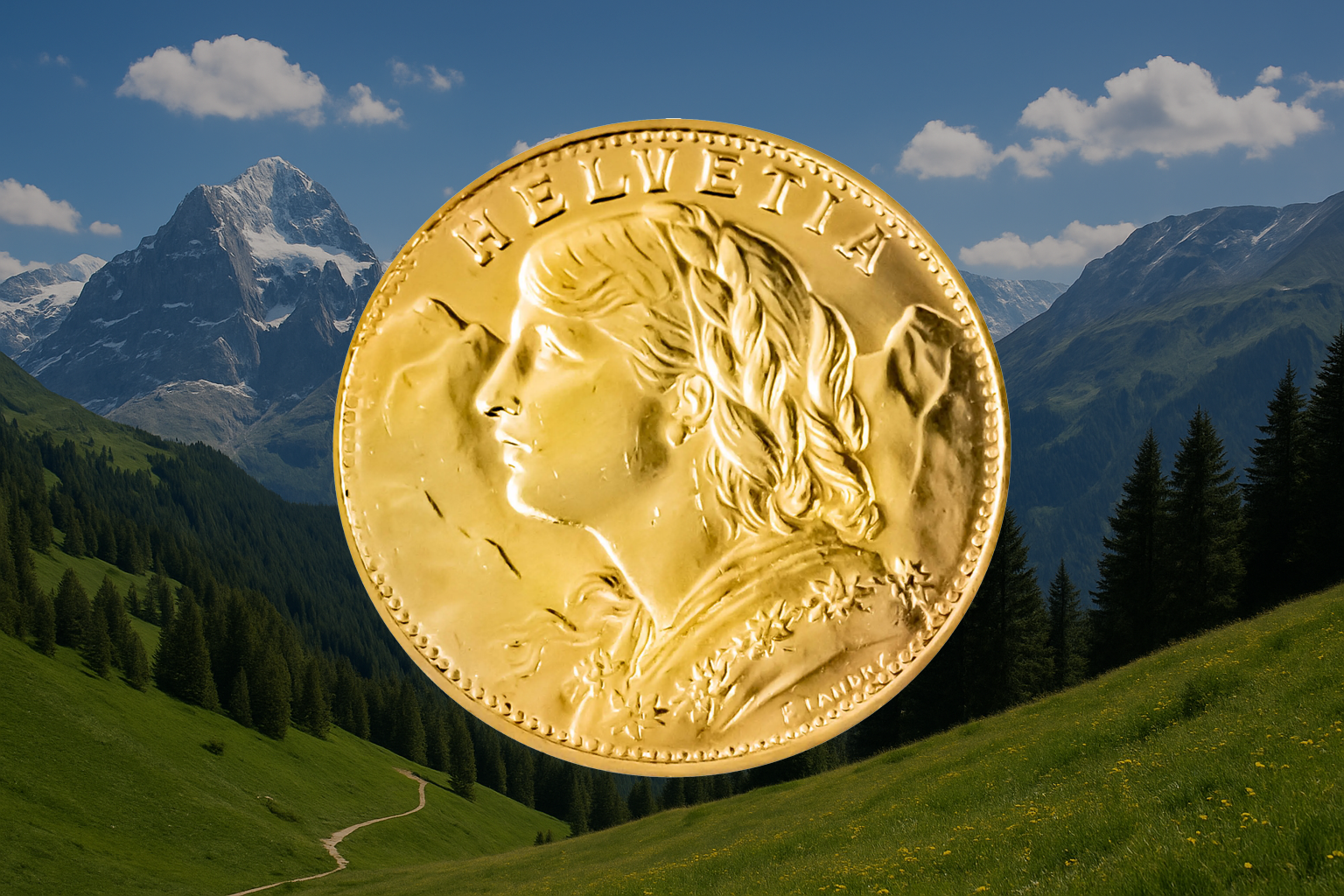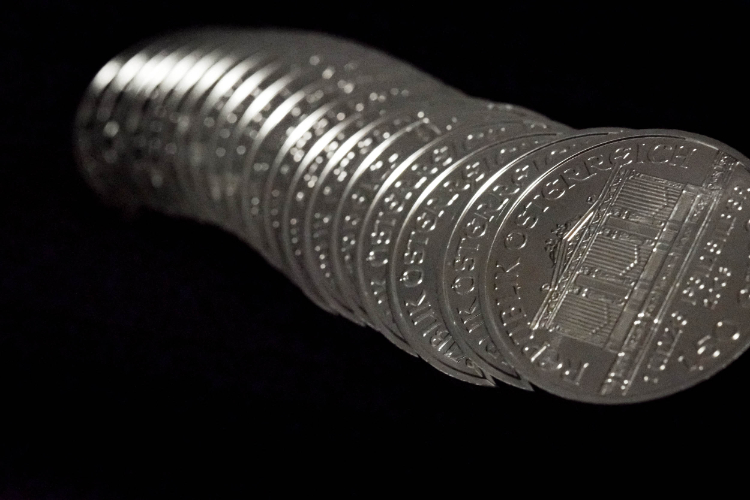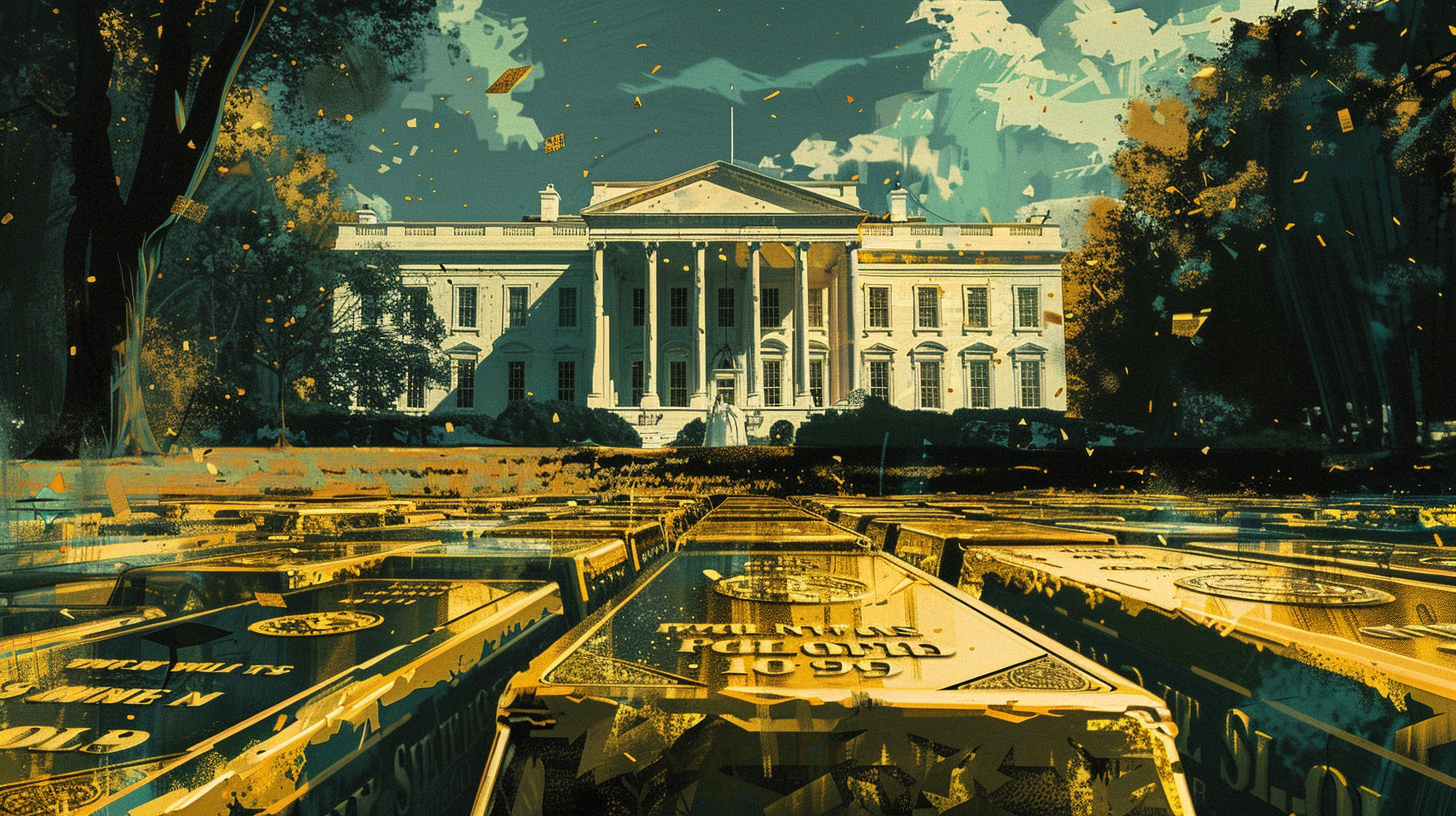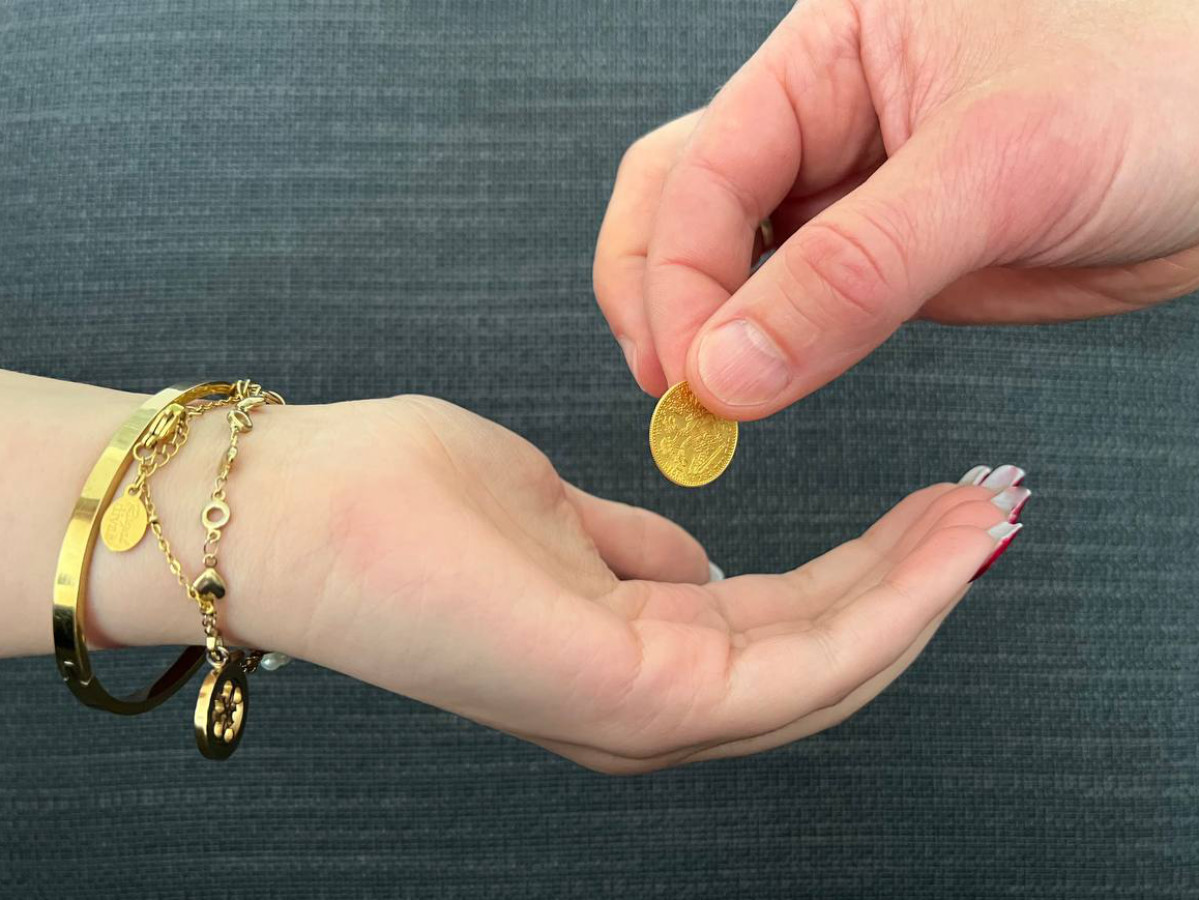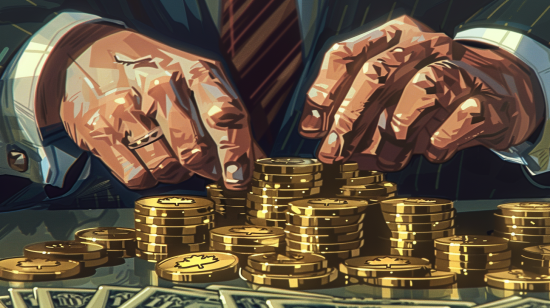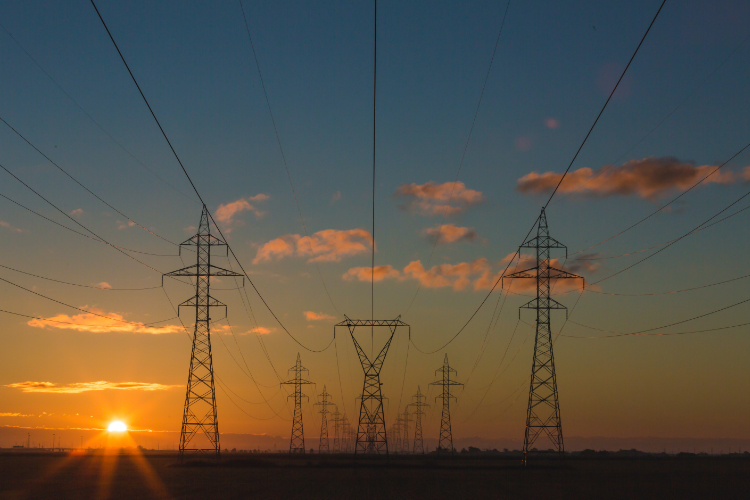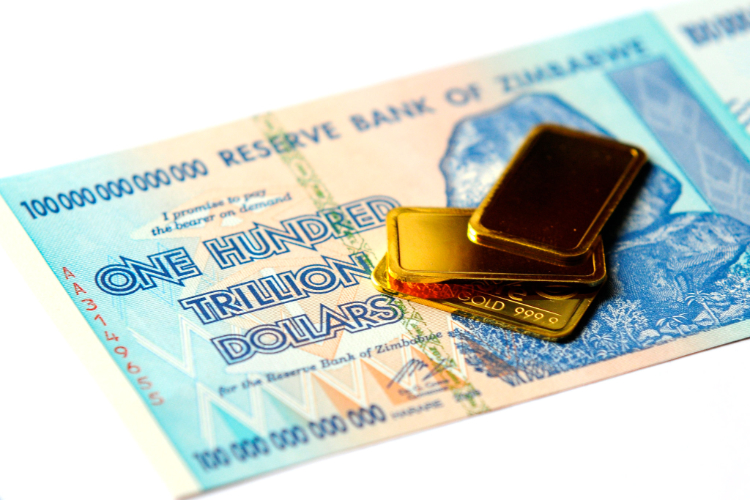
Die Verbraucherpreise sind in den letzten Monaten kräftig gestiegen, die Leitzinsen der wichtigsten Zentralbanken sind nach wie vor nahe null. Mit 5,0 Prozent liegt die Inflationsrate in den USA so hoch wie seit 2008 nicht mehr. Und auch bei uns in der EU haben die Preise so stark angezogen wie seit über einem Jahrzehnt nicht mehr. Doch was hat der Goldpreis mit Inflation und Zins zu tun?
Was haben Inflation & Zins mit dem Goldpreis zu tun?
Gold eignet sich hervorragend, um Wert längerfristig zu bewahren. Zwar wirft das Edelmetall keine Zinsen ab, jedoch ist es ein sehr sicheres Investment, da es seinen Wert nie ganz verlieren kann. Historisch gesehen bekam man für eine Unze Gold stets einen ähnlichen Warenwert.
Bei niedrigen Zinsen lohnen sich Investments in andere vermeintlich sichere Investments nicht, Anlagemöglichkeiten, die Erträge über dem Inflationsniveau versprechen, sind dagegen deutlich riskanter. Niedrige Zinsen sorgen daher nicht nur für eine höhere Inflationsrate, sondern pushen auch den Goldpreis nach oben.
Erhöhen sich die Zinsen jedoch und drücken die Inflation nach unten, können Anleger mit ihrem Geld auch in sicheren Anlageformen Geld verdienen. Daher sorgen eine niedrige Inflation und Zinssteigerungen auch meist für einen Rückgang des Goldpreises.
Die Inflation ist schon da
In den in den USA sind die Verbraucherpreise zuletzt so kräftig wie seit dem Krisenjahr 2008 nicht mehr gestiegen. In der EU stiegt die Inflationsrate 2021 ebenfalls. Für die Eurozone rechnet die EZB auf das Jahr gesehen mit einer Teuerungsrate von 1,7 Prozent.
In Österreich betrug die Teuerung im Mai laut Schätzung der Statistik Austria bereits 2,8 Prozent, laut harmonisiertem Verbraucherindex sogar 3 Prozent. Der Preissprung ist damit der größte seit mehr als 10 Jahren. Auch in Deutschland stiegen die Preise zuletzt um rund 2,5 Prozent. Das ist ebenfalls der höchste Wert seit 10 Jahren.
Die Ökonomen argumentieren dabei, dass vor allem die Energiepreise für den starken Preisanstieg verantwortlich sein. Jedoch ist der „Warenkorb“, mit dem die Preisentwicklung gemessen wird, seit Jahren in der Kritik.
Inflation: Ein Angriff auf Erspartes
Für den Sparer ist Inflation jedoch pures Gift. Denn wird alles teurer, sinkt die Kaufkraft des mühsam Ersparten. Ohne Verzinsung verliert das Geld auf dem Konto jeden Tag etwas von seinem Wert.
Beginnt die Inflation überhandzunehmen, drohen das Vermögen ganz normaler Bürger wegzuschmelzen. Daher bleibt, möchte man seine Vermögenswerte bewahren, kaum etwas anderes übrig, als zu investieren.
Weil Aktien und Wertpapiere mit relativ hohem Risiko behaftet sind, bleibt als konservativer Teil im Portfolio oft nur die „Flucht“ in Sachwerte. Neben Immobilien („Betongold“) sind das vor allem Edelmetalle.
Warum will die Politik überhaupt Inflation?
Das oberste Ziel der Zentralbanken ist die Preisstabilität. Dabei zielt die Geldpolitik aber auf eine leichte Inflation, also eine Teuerung ab. Die EZB will etwa erreichen, dass die Preise pro Jahr im Schnitt knapp 2 % steigen.
Die Politik hat lieber eine Inflation als eine Deflation. Denn steigen die Preise stetig, geben Unternehmen und Verbraucher ihr Geld lieber heute als morgen aus. Besteht dagegen die Aussicht, dass Waren und Dienstleistungen günstiger werden, warten Verbraucher lieber ab bzw. halten sich Unternehmen mit Investitionen noch zurück. Und das würde den Wirtschaftskreislauf massiv bremsen.
Zinsen: Ein geldpolitisches Mittel
Um die Inflationsrate auf das gewünschte Niveau zu bringen, sind Zinsen eines der gängigsten Instrumente der Zentralbanken.
Senken die Zentralbanken die Leitzinsen, wird es günstiger, sich Geld zu leihen. Durch günstige Kredite sollen vor allem Unternehmen angehalten werden, zu investieren. Das sorgt dann für viel Geld im Wirtschaftskreislauf und soll zur gewünschten Teuerung führen.
Da die Zinsen nun seit mehr als einem Jahrzehnt nahe Null oder sogar darunter liegen und die Inflation trotzdem nicht bei den gewünschten 2 Prozent lag, versuchten und versuchen die Zentralbanken zusätzlich durch eine Ausweitung der Geldmenge ( „Quantitative Easing“ = Geld drucken) die Wirtschaft „in Schwung zu halten“.
Kommt die Zinswende?
Die Fragen, die sich Sparer nun stellen müssen, ist, ob – nun da die vermeintliche „Wunschinflationsrate“ von 2 % erreicht ist, FED und EZB die Leitzinsen erhöhen oder die Zentralbanken ihre bisherige Geldpolitik fortsetzen.
US-Finanzministerin Janet Yellen äußerte in den letzten Wochen verstärkt den Wunsch nach Zinsen auf einem „normalen Niveau“. Der Chef der Notenbank FED, Jerome Powell, jedoch will die Zinsen weiter nahe Null halten, um US-Unternehmen weiter billiges Geld bereitzustellen.
Und auch die EZB dürfte, nachdem das Ziel der 2% Teuerung nun nach Jahren erstmals wieder erreicht ist, diese Entwicklung nicht gleich wieder durch steigende Zinsen abwürgen. Auch weil viele Ökonomen sogar eine Teuerung von bis zu 4% für unbedenklich halten.
Daher ist eher davon auszugehen, dass die bisherige Geldpolitik des billigen Geldes weitergefahren wird.
Für den Goldpreis bedeutet dies, dass von einer weiteren Steigerung des Kurses auszugehen ist.
Vermögen absichern mit Gold
Verteidigen Sie Ihr Vermögen gegen Entwertung! Gold eignet sich hervorragend als „wirtschaftliche Selbstverteidigung“ gegen Inflation. Mit Gold lassen sich auch kleinere Vermögen leicht absichern (nicht jeder kann eine Immobilie leisten), es lässt sich leicht transportieren und lagern.
Mit einer Investition in Gold sind Sie jedenfalls immer auf der sicheren Seite! Gold ist aufgrund seiner begrenzten Verfügbarkeit seit vielen Jahrhunderten ein bleibender Wert. Darauf können Sie sich verlassen!

